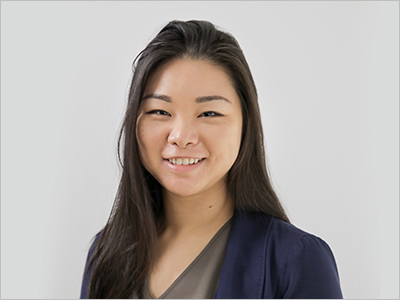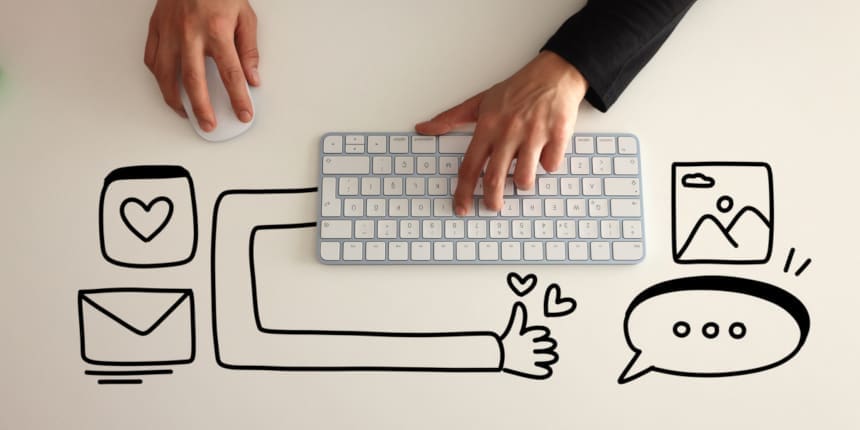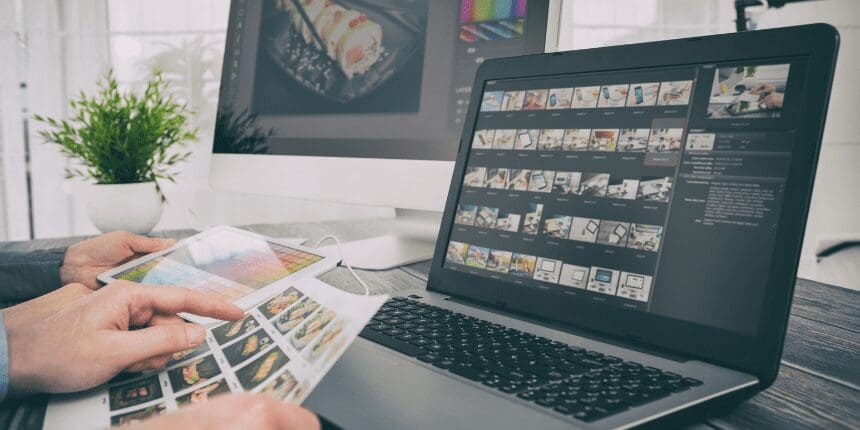
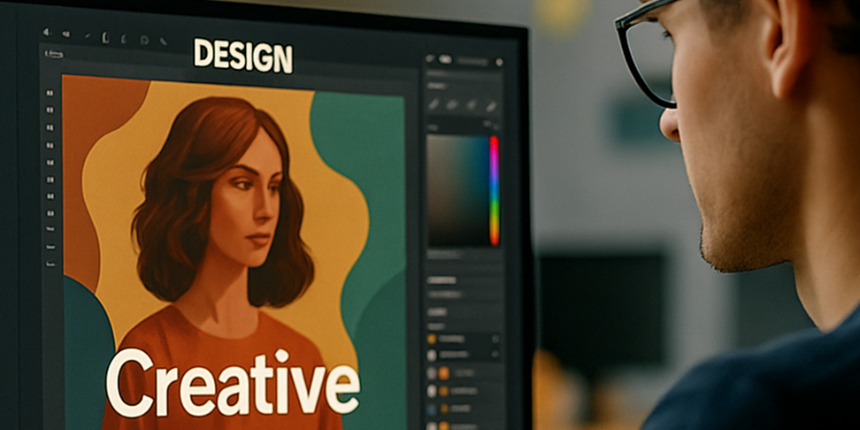
AI is no longer on the horizon—it’s here, and it’s reshaping how designers think, create, and deliver. At DAC, we don’t see it as a disruption but as an opportunity to push creative boundaries, move faster from idea to execution, and free up more time for the work that truly makes a difference.
Designers are already integrating AI-powered platforms and tools into their everyday workflows in a way that enhances the creative process rather than replacing it. Used wisely, AI can become a launchpad for better ideas, faster iterations, and sharper outcomes. Very simply, we’re beginning to shape and optimize a significantly amplified form of creativity. Here’s how we’re putting it into practice.
Why AI belongs in the creative process
Conventional design workflows are full of friction points: tight timelines, repetitive production tasks, and multiple rounds of iteration. In 2025, AI is helping to ease that friction. Integrated thoughtfully, it creates room for strategic thinking, exploration, and stronger creative output.
The intent isn’t to replace creativity, but to support it. Tools like Midjourney and Firefly can quickly generate early visual directions, giving teams the ability to explore more ideas without investing hours in polished mockups that might never make it to launch. Figma’s built-in AI assists with layout, copy, and prototyping, helping move concepts from whiteboard to wireframe with more speed and less manual effort.
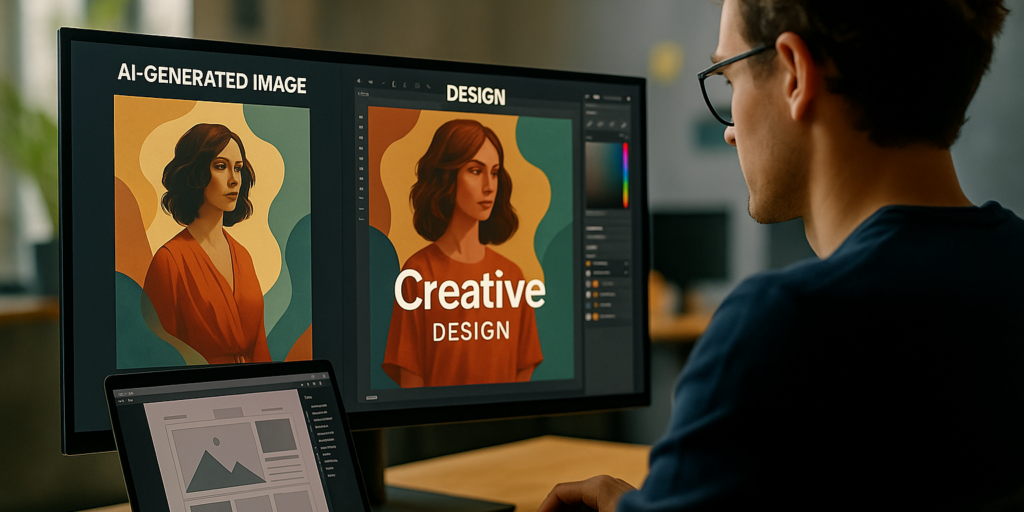
This efficiency also shifts how teams collaborate. Designers aren’t just using AI to execute—they’re curating, refining, and interpreting its output in the context of user needs, brand tone, and campaign strategy. The result is faster alignment, more time for refinement, and a workflow that promotes thoughtful iteration.
In many ways, AI allows designers to focus more on the parts of the job that matter most: shaping the vision, asking better questions, and delivering creative that solves problems with both impact and intent. In that sense, it doesn’t flatten the role but actually adds another dimension.
Where does AI have the greatest impact?
AI isn’t a one-trick tool—it’s quietly reshaping multiple points in the design process. From early concepting to late-stage production, AI-enhanced processes are helping teams work smarter, move faster, and experiment more freely. At DAC, we’ve already seen impact across four key areas:
1. Rapid ideation
Tools like Midjourney and DALL·E allow teams to visualize ideas in minutes. Whether we’re exploring art direction, building a mood board, or generating creative concepts for a pitch, AI helps us get started faster and with more range.
2. Layout and copy support
Figma’s AI capabilities can suggest interface layouts, generate placeholder copy, and streamline the process of getting from idea to prototype. That means designers can spend more time refining details instead of recreating the basics.
3. Production scale
From resizing banner ads to testing visual variants, AI tools speed up high-volume work without compromising consistency. This frees up bandwidth for creative storytelling and high-value concept development.
Stay Forward
Get exclusive insights into digital
media's top-trending topics delivered
directly to your inbox.
4. Visual prototyping and editing
Adobe Firefly and Photoshop’s Generative Fill help create high-fidelity mockups and manipulate visuals quickly—swapping backgrounds, adjusting palettes, and refining concepts without the need for new assets or time-intensive revisions.
In each of these use cases, AI isn’t replacing craft but enabling teams to move through their creative process with less friction and more freedom—building towards smarter, more efficient output on a much greater scale.
Bringing voice and audio into the creative mix
As content becomes more multimodal, audio is taking on a larger role in creative strategy. From podcast intros to smart speaker prompts to sound-led storytelling on platforms like TikTok and Instagram Reels, brands are finding new ways to connect through sound.
AI is speeding up this process, too. At DAC, we use AI-powered voice tools to create quick prototypes and voiceovers that help clients hear the message before moving into full production. Tools like Revoicer allow us to test tone, pacing, and vocal style without a recording booth—accelerating creative decisions and reducing production cycles.
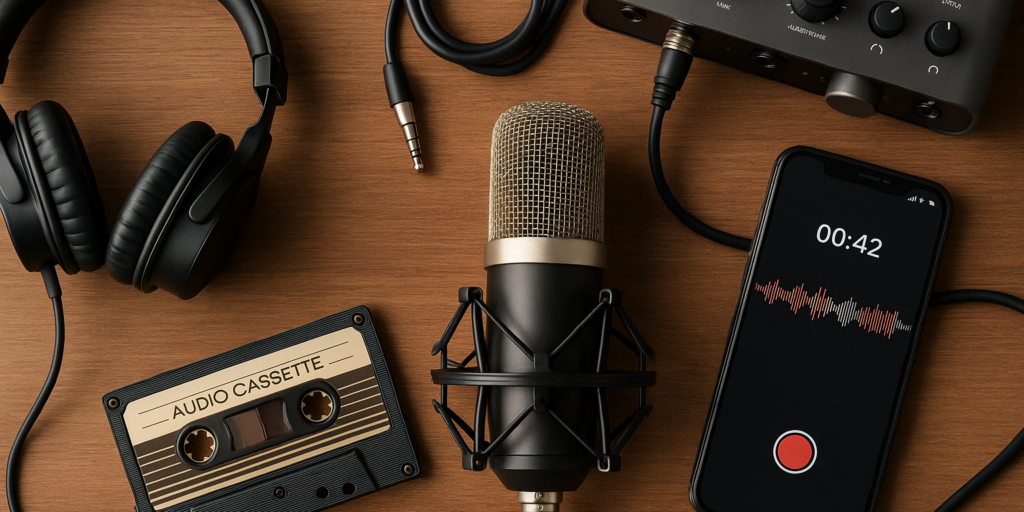
But AI is just the starting point. Our creative teams still guide the process, selecting voice types that align with brand personality, campaign context, and audience expectations. We use AI to explore options, not automate the final outcome. The goal is always content that sounds human, intentional, and on-brand. In a space where speed often wins, AI gives us the agility to work fast without sounding generic.
Tools don’t build brands—people do
AI has become a powerful creative partner, but the designer is still the one steering the work. It’s not just about what the tools can produce, but what people choose to do with them.
Designers bring the strategic lens that AI can’t replicate. They understand context, tone, and nuance. They know how to translate a brand’s identity into visuals, voice, and interaction—and how to adapt that identity across campaigns, platforms, and audiences. Empathy, judgment, and experience still drive the difference between seamlessly on-brand creative and content that feels rushed, impersonal, and duplicative.
That human layer is exactly what ensures AI-generated work ends up meeting a higher standard. In practice, our designers don’t use AI only to go faster, but to explore other directions, evaluate more options, and focus their energy where it counts most—on creative that performs, connects, and builds priceless equity over time. And on the client side? Tighter timelines, more variety, brand safety, and no compromise on quality. AI lets us scale the work; designers ensure it still resonates.
Contributing Experts
Stay Forward
Get exclusive insights into digital
media's top-trending topics delivered
directly to your inbox.

